In the near future... The launch of the Long March 5B resupply mission to China’s Tiangong space station was uneventfully nominal in all aspects. The resupply capsule separated successfully and preceded on course for automatic docking maneuvers with Tiangong as the Long March 5B’s first stage left a fiery, reentry trail through the atmosphere and crashed into the Pacific Ocean.
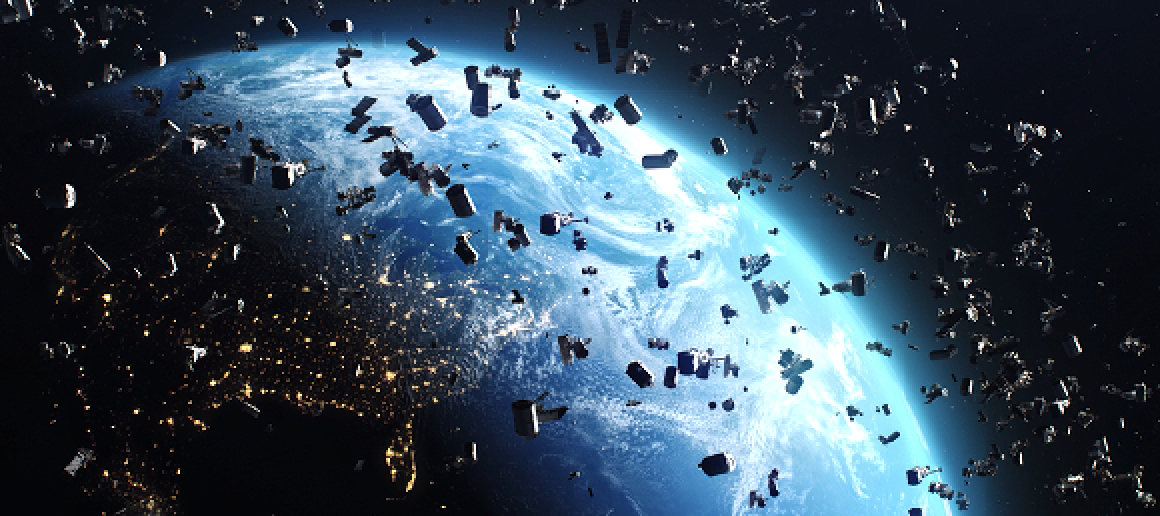
Undetectable from the Earth — and unknown to the Tiangong’s crew — a cluster of debris fragments no larger than marbles raced on a collision course toward the resupply capsule. As fate would have it, the debris originated from the 2007 Chinese KT-2 anti-satellite (ASAT) missile test against a Fengyun-1C satellite 20 years earlier.
One by one, the fragments created a widening breach in the resupply capsule as the crew initiated the transfer of liquid oxygen and hydrazine to the station. The cumulative impacts ruptured the resupply lines, severed electrical lines, and ignited.
An explosive shock wave tore through the station, generating an accelerating cloud of more than 500,000 pieces of debris. The Tiangong station and its crew were lost. In mere minutes, the Tiangong debris cloud collided with nearby Low Earth Orbit (LEO) satellites, creating a cascading and ever-growing series of collisions and debris generation.
As the destruction accelerated, a wave of satellite failure alarms sounded at the network operations centers of Starlink, OneWeb, Kuiper, and other LEO network operators.

At the 18th Space Defense Squadron headquarters, home to the USSF Space Domain Awareness Space Division, the watch officer overseeing the U.S. Space Surveillance Network (SSN) declared an emergency as the SSN tracking capacity was overwhelmed by the volume of new objects detected.
The Watch Officer alerted NASA of the growing threat to the International Space Station (ISS). In turn, NASA issued orders to the ISS crew to evacuate.
It is too late. Before the ISS crew could power up their two SpaceX Dragon escape capsules, the ISS and crew were lost in the ever-expanding debris cloud.
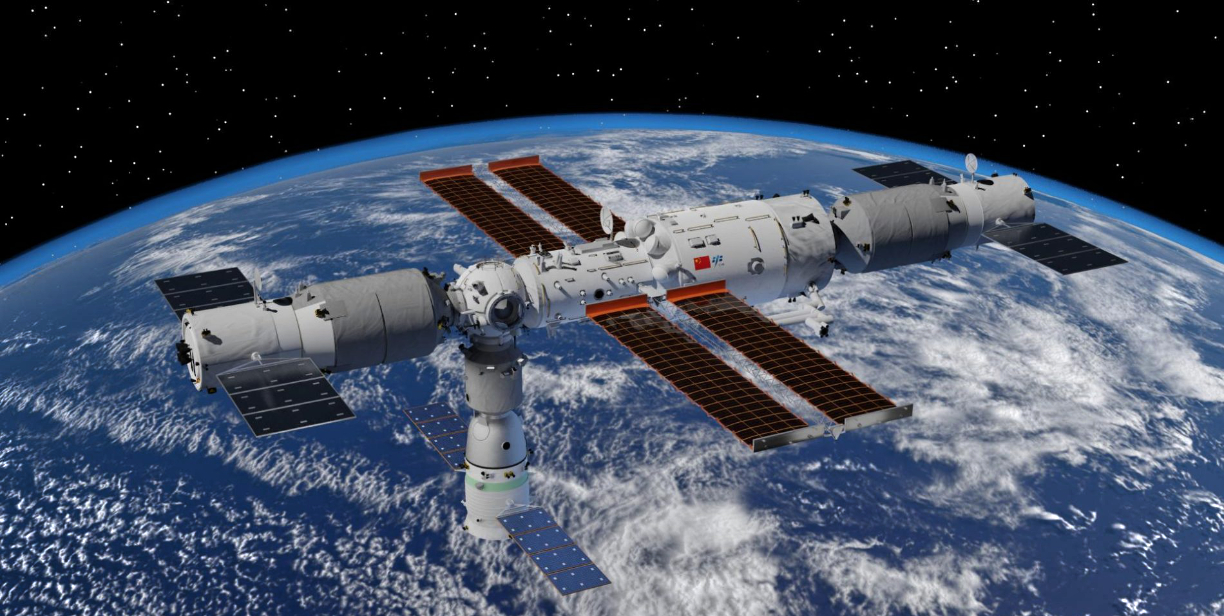
Figure 1. Artistic Rendering of China’s Tiangong Space Station. Image is courtesy of South China Sea News.
The destruction continues unabated for weeks as the world’s scientists and leaders come to grips with the awful truth: Space will be inaccessible for a decade and perhaps much longer.
The Magnitude of Debris Problem
While this scenario sounds like the opening scene of a modern techno-thriller, sadly, it is not. In 1978, a NASA scientist, Donald J. Kessler, proposed a theory of cascading collisions based on the growth of LEO satellites and launch debris. This collision scenario became known as the “Kessler Syndrome.”
Let’s take a moment to understand the ever-growing problem of accumulated “Space Junk.” First of all, every satellite launch, successful or not, ends up as accumulated space junk as the satellites reach their end-of-life.
Starting in 2019, the number of LEO satellite launches doubled annually (see figure 2). In 2021, the launch rate exceeded 1,300, nearly four times the 2019 launch rate, with the U.S. accounting for 93% of the launches. Even more impressive, in that same year, SpaceX accounted for 75% of the world’s launches, most of which were Starlink satellite payloads. As of October 20, 2022, SpaceX alone has launched more than 3,500 Starlink satellites into five LEO constellation shells.
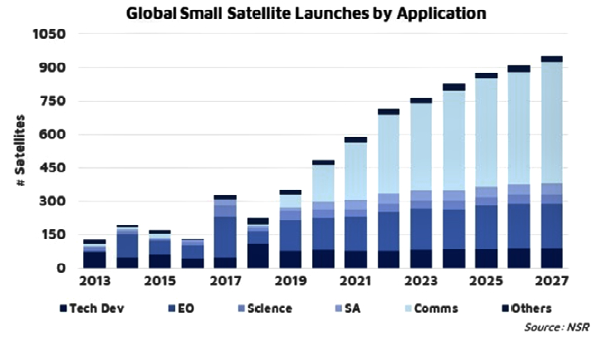 Figure 2. Global Small Satellite Launches — Northern Sky Research
Figure 2. Global Small Satellite Launches — Northern Sky Research
There is no sign that the launch rate will slow down or decrease. OneWeb, Kuiper and other operators continue deploying their LEO constellations. Satellite constellations require replenishment as satellites reach the end of
their ~ 5-year lifespan. These end-of-life satellites merely add to the cumulative “Space Junk” problem. A similar situation exists for satellites in Geosynchronous Earth Orbit (GEO).
Satellites aren’t the only debris source. Spacecraft launches create additional debris in the form of upper stages of launch boosters, orbit transfer motors, and other mission hardware (launch adapters, lens covers, etc.). Adding to our collection of “Space Junk,” accidental collisions between satellites and anti- satellite weapons tests are perhaps the worse offenders.
On February 10, 2009, the first unintentional satellite collision between U.S Iridium-33 and Russian Cosmos 225 created more than 2,000 pieces of debris over 10cm in diameter. The previously mentioned 2007 Chinese anti-satellite missile test of a KT-2 missile with a Fengyun-1C satellite created 300,000 objects over 1cm and 3,000 Objects over 10cm, resulting in the largest debris cloud on record.
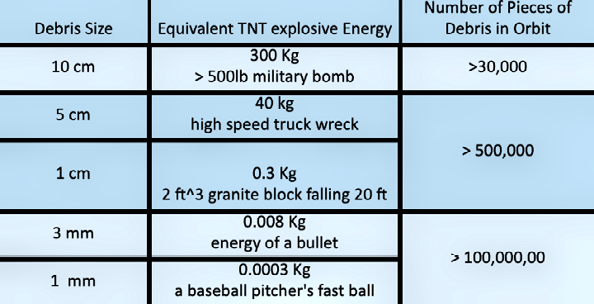 Table 1. Debris Size, Destructive Power, and Quantity in Orbit.
Table 1. Debris Size, Destructive Power, and Quantity in Orbit.
The real issue with all this “Space Junk” is its destructive power. Even small, metallic objects have incredible destructive force, considering the average orbital velocity is 28,000 km/h (17,000 mph), which is ~7x the speed of a bullet. Table 1 on the following page illustrates the destructive energy and the estimated number of debris pieces in orbit based, on the object’s diameter.
These numbers are staggering and growing. The U.S Space Surveillance Network (SSN) tracks more than 30,000 objects 10cm or greater in diameter. A collision with these softball-sized objects would result in the equivalent energy of a 300 Kiloton TNT bomb and result in the complete obliteration and fragmentation of the satellite. (See Table 1)
Tracking Space Debris — The First Steps in Avoiding Catastrophic Collisions
The first step in preventing catastrophic collisions is identifying, tracking and cataloging debris in orbit. That is the mission of the 18th Space Defense Squadron, which jointly operates the U.S. Space Surveillance Network (SSN) with NASA.
The SSN is a worldwide network of 30+ ground-based radar and optical telescopes (see figure 3). In addition, the SSN includes 6 Space-Based Surveillance Systems (SSBS) Pathfinder satellites. Interestingly, several elements of the SSN, such as the Coba Dane Radar sites, are part of the U.S. Early Warning Radar System.
(see Missile Defense – an Imperfect Shield)
The SSN performs both Near-Earth (N.E.) tracking of satellites, space debris and other LEO objects, and Deep Space (D.S.) tracking of asteroids and comets, assessing possible Earth collision scenarios. China, Russia and the European Union (EU) perform similar tracking functions. With the exception of the EU, little or no debris object data is shared.
Governments are not the only entities that track space objects and debris. Commercial space startups provide tracking and collision avoidance “as a service” to satellite operators. For example, LEO Labs is deploying a worldwide network of S-band and UHF radars capable of tracking objects as small as 2cm. The company provides mission planning, space domain awareness, collision/conjunction alerts, and post-maneuver assessment when orbit changes are required.
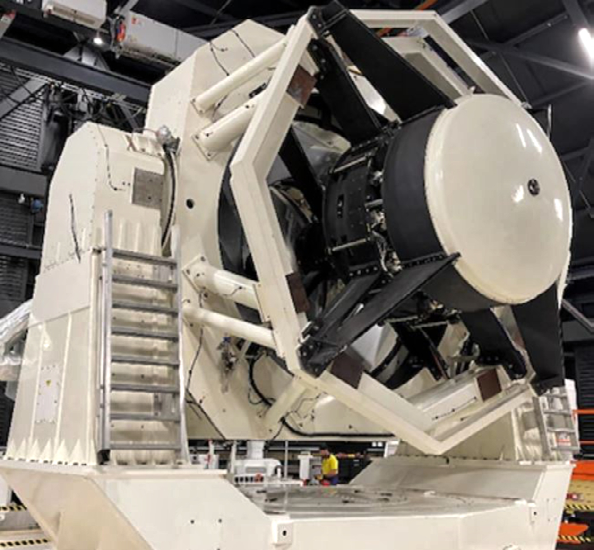
Figure 3. Space Surveillance Telescope (SST) – USSF Space
System Command
Collision Avoidance
The first step to minimizing collisions starts before launch with mission planning. Starting in 1989, the FAA required Mission Planning and Simulation to identify launch and orbit profiles that minimize the probability of collision with large objects in the SSN catalog. The soon-to-be-released FAA Streamlined Launch and Reentry Licensing Requirements Final Rule (SLR2). Under the new rule, launch vehicle operators can use a single license for multiple launches from multiple launch sites.
Despite the best possible planning, the probability of a collision continues to increase during a satellite life span. Assuming tracking data can provide a satellite operator with some level of collision warning, the operator can execute orbital changes (maneuvers).
There is just one problem — a vast majority of LEO satellites lack thrusters to make orbital maneuvers. Instead, atmospheric drag can be exploited to alter orbit and avoid collisions. Satellite onboard orientation systems (magnetorquers, reaction wheels, etc.) can use inertia to rotate the satellite between low-drag and high-drag configurations to decelerate (change orbit) and avoid a collision.
Larger spacecraft, such as the ISS, carry onboard thrusters to maintain orbit and service life. These thrusters can also perform debris avoidance maneuvers. Crewed spacecraft such as the ISS require about 5 hours to plan and execute a collision avoidance maneuver. The International Space Station (ISS), executes collision avoidance maneuvers when...
• The collision probability is greater than 1 in 100,000 and does not significantly impact mission objectives
• Or, if the collision probability is greater than 1 in 10,000, maneuvers are conducted unless it will result in additional risk to the crew.
ISS has conducted 29 debris avoidance maneuvers since 1999, including three in 2020.
Conclusion
Fortunately, the U.S. Government took Kessler and his simulations seriously and published U.S. Government Orbital Debris Mitigation Standard Practices in 2001 with a revision in 2019. These practices define stringent limits to the space debris problem, especially for spacecraft in orbits < 2000 Km.
On September 20, 2022, the FCC issued Space Innovation; Mitigation of Orbital Debris in the New Space Age to further strengthen the debris rules from communications satellite constellations like Starlink and OneWeb. Based on the FCC’s communications enforcement authority, FCC placed even great restrictions on LEO communications systems to have US Market Access, effectively regulating communications satellites regardless of the country of origin.
Specific changes include...
• Disposal: 25 year deorbit policy moved to 5 Years — Increased requirements for thrusters on LEO spacecraft
• Operations: Required Selection of Safe Flight Profile and operational Orbit Configurations
A Final Thought…
Konstantin Vorontsov, a senior official in Russia’s Foreign Ministry, recently said that if U.S. satellites were used to aid Kyiv, they “could be a legitimate target for
a retaliatory strike. He is the deputy director of the Russian Foreign Ministry’s Department for Nonproliferation and Arms Control, didn’t name any company, but Elon Musk recently pledged that his company, SpaceX, would continue to fund access for the Ukrainian government to its Starlink satellite-internet system.”
–Wall Street Journal 10/28/2022
On April 18, 2022, the U.S announced a ban on direct-ascent, kinetic-energy anti- satellite (ASAT ) missile tests in response to a November 15, 2021, test of a Russian PL-19 Nudol system ASAT (Anti-satellite) missile test at 450Km. Since then, Canada, New Zealand, Japan, Germany, the United Kingdom, South Korea, and Australia have joined the band.
Perhaps cooler heads will prevail, and China, Russia, and India, the only other countries with operational AST weapons, will join the ASAT band and eliminate this massive contributor to the space debris problem, all threats and saber rattling aside.

Paul Struhsaker
Author P aul Struhsaker is an entrepreneur and engineering executive. He founded and served as CTO of three successful startups: Wi-Fi innovation leader Aironet Wireless (acquired by Cisco), micro-cellular 4G/5G access point innovator Airspan, and 4G wireless innovator Raze Technologies. Over his career, Paul has served as CTO Broadband at Texas Instruments, CTO Dell Client Solutions, VP Silicon Platform at Motorola PCS, and SVP Software Engineering at Comcast NBC Universal.
Paul began his career at the National Security Agency. He holds over 70 Patents.
For further information, or to contact Paul, please visit www.struhsaker.com


